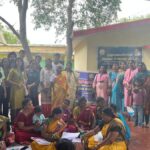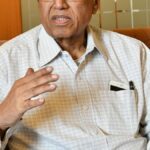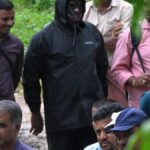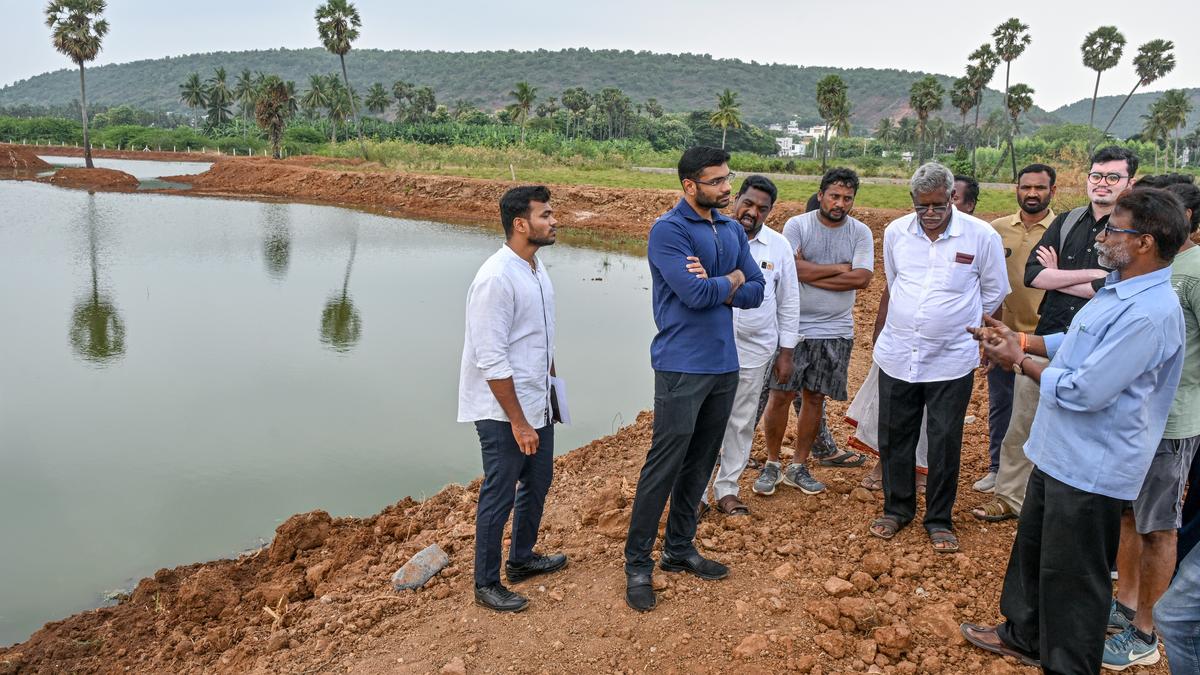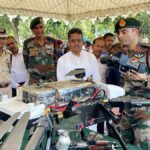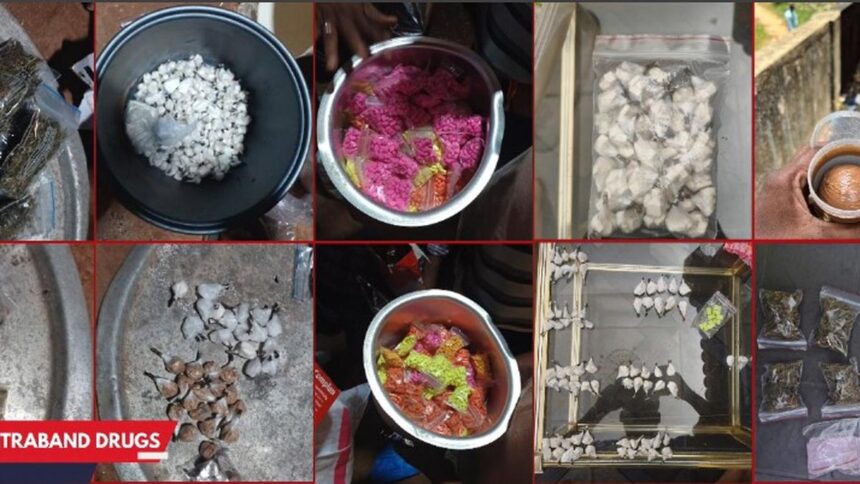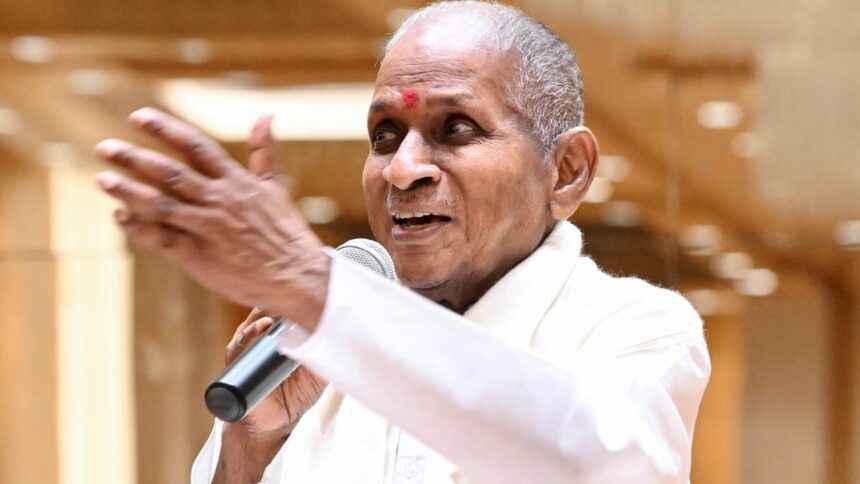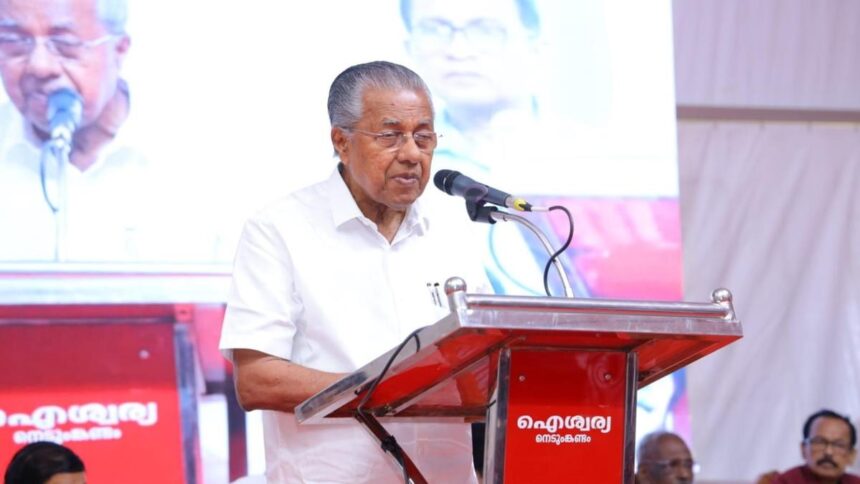The Visakhapatnam Metropolitan Region Development Authority (VMRDA) has embarked on an ambitious project of reviving and rejuvenating defunct waterbodies under its jurisdiction.
A pilot project has been taken up at Kapuluppada village, nestled between NH-16 and the sea and located about 10 km from the city centre, to revive at least four waterbodies. If the pilot succeeds, says VMRDA Commissioner K.S. Viswanathan, it will have a significant positive impact on the ecology of the district.
Revived waterbody in Visakhapatnam
VMRDA Commissioner K.S. Viswanathan visiting the Devaravani Cheruvu at Kambala village in Visakhapatnam that was revived after five decades.
| Video Credit:
K.R. DEEPAK
Cradle of civilisations
Waterbodies, especially rivers, have always played a critical role in human advancement. The Indus Valley civilisation thrived on the banks of the Indus river and its tributaries, rivers Tigris and Euphrates fed the Mesopotamian civilisation, and the Nile is synonymous with the Egyptian civilisation.
Many ancient cities in Andhra, too, developed along the banks of mighty rivers such as the Godavari, Krishna, Sarada, Gosthani and Nagavali. Notably, two second century BCE Buddhist civilisations flourished along the Sarada in Anakapalli and Salihundam along the Nagavali in Srikakulam district.
The case of Visakhapatnam, howver, is a tad different, as it did not have a river to rely on. While the coastal part of the district depended on groundwater, the hinterland survived on springs, catering to both drinking and irrigation needs.
The Simhachalam Hill, which is part of the Kambalakonda Hill Range, has about 34 springs, as identified recently during an extensive survey using satellite imagery. Most of these springs flowed across Visakhapatnam city in ancient times as small streams, which were the primary water source for its inhabitants.
Though the streams have disappeared over the years owing to urbanisation, the springs remain, and there could be many more, says Lokesh from DHAN Foundation, a Chennai-based NGO that has expertise in identifying, reviving and rejuvenating waterbodies and springs. He added that there are a few hot water springs as well. VMRDA has signed a MoU with DHAN Foundation to identify the waterbodies, revive and rejuvenate them.
As per VMRDA records, Visakhapatnam city has about 227 waterbodies, mostly rain-fed and some spring-fed. Today, however, about 193 remain defunct and a large number of them have also been encroached upon. Though many exist on paper and plan, a few have been lost forever, as human-made structures have come upon them, according to sources.
Kapuluppada, where the pilot runs, once had about five large waterbodies, each spread over 5-6 acres. In the revenue records, these waterbodies have been identified as Boravani Cheruvu, Pothivani Cheruvu, Badava Cheruvu, Devaravani Cheruvu and Kambala Cheruvu. A couple of them went defunct over the past 50 years.
Cascading success
According to Mr. Lokesh, the topography of Visakhapatnam is unique compared to most cities in India. Its undulating terrain gives way for the formation of natural water cascades. “So far, we have identified three major cascades in Greater Visakhapatnam Municipal Corporation limits, and there can be many more, he said.
The identified cascades are Kapuluppada cascade, Narava cascade and Rampuram cascade. The three cascades cater to about 25 waterbodies, a majority of which are defunct. “To start with, we have taken up the Kapuluppada cascade, which feeds Boravani Cheruvu, Pothivani Cheruvu, Badava Cheruvu, Devaravani Cheruvu and Kambala Cheruvu,” said Mr. Viswanathan.
All the five waterbodies are located within a radius of 2-3 km and are ancient. Boravani is the ‘head’ or the ‘lead’ of the cascade and the source of water is the catchments on the hill slopes. From there the water is supposed to pour down to Pothivani through a natural outlet channel and then to Badava, Devaravani and, finally, to Kambala. All of them once had natural inlet and outlet points and channels connecting them.
As per Mr Lokesh, Boravani Cheruvu, Pothivani Cheruvu and Badava Cheruvu partially functioned, but the last two— Devaravani and Kambalam—have been lying defunct for the past five decades.
And even the partially functioning ones were highly silted and polluted by sewage. “We first de-silted them and purified the water to some extent,” says Mr. Lokesh. But DHAN Foundation ran into a trouble reviving Devaravani and Kambala.
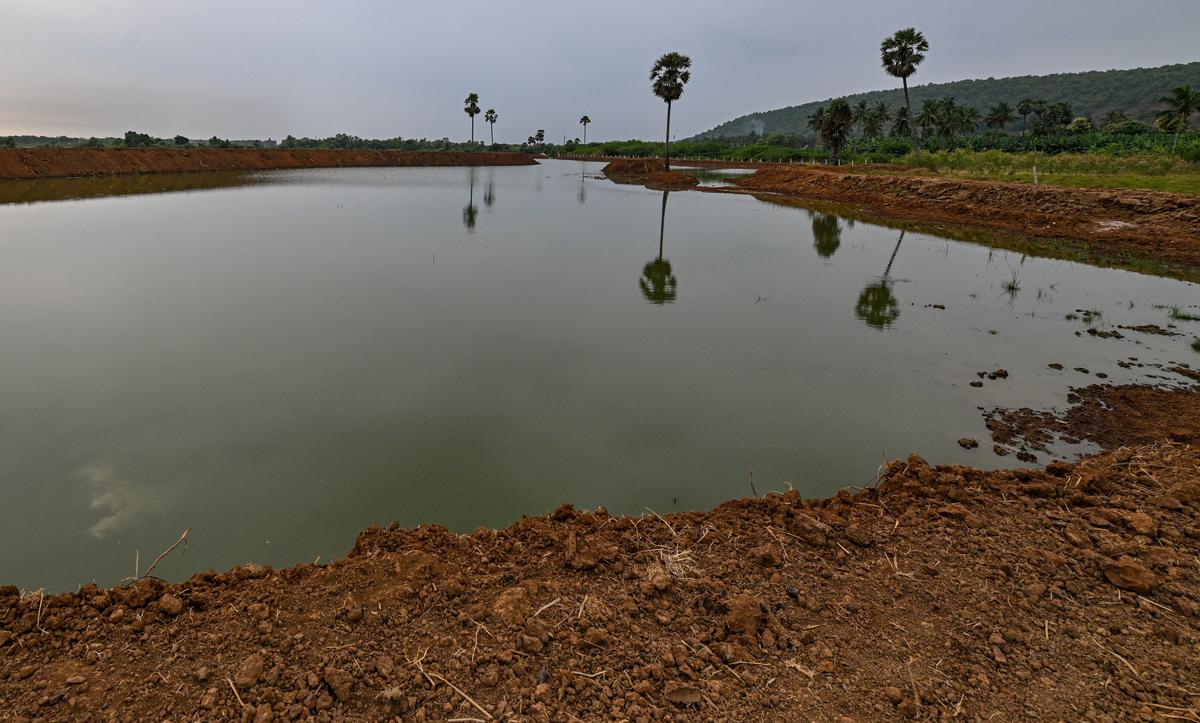
View of the revived Devaravani Cheruvu in Kambala village.
| Photo Credit:
K.R. DEEPAK
Devaravani was almost fully filled up by silt accumulated over the past 50 years. What was left was a mere 3-cm depression spread over around six acres. Over 5,500 cubic meters of silt was removed to bring this waterbody to its original depth as well as to revive its natural channels. Today, Devaravani spreads over 6 acres at about 2 metres in depth, and it has become a paradise for migratory birds.
On the efforts to revive the waterbody, Mr. Viswanathan says that turning a dry land filed with shrubs was no easy task, especially when it is located in the middle of an agriculture field and a number of stakeholders vying for it.
“First, we didn’t have the funds to revive it. Second, we had to take all the stakeholders into confidence. So, we came up with a plan to involve the local community; what we see today is the result of their cooperation. It was basically a community-based experiment,” says Mr. Viswanathan.
For this project, the VMRDA did not go for a contract. The officers, including the Commissioner, and DHAN Foundation members approached the local community and explained to them the importance and advantages to reviving the waterbody. “We had the full support of District Collector Harendhira Prasad, and once the departments were taken into confidence, it was not difficult to convince the villagers.”
The local community halted land cultivation for six months and worked to de-silt Devaravani Cheruvu. Notably, the natural channel connecting Badava to Devaravani had disappeared. “So, it was the locals who showed us an alternative inlet route. Today, water flows freely from Badava to Devaravani… We even discovered a temple during de-silting and excavation,” Mr. Viswanathan adds.
Now, over 15 acres of ayacuts are being fed by water from Devaravani Cheruvu. “The revival of the four waterbodies have benefited over 40 villages and close to 300 acres of ayacuts,” says the VMRDA Commissioner. In the process of reviving the waterbodies, DHAN Foundation and VMRDA also rejuvenated about 15 km of inlet channels for all the five waterbodies.
Since the entire work was not done on contract basis, funding was initially a problem. But Chennai-based Redington came forward with a contribution of about ₹1 crore from its CSR funds. “We need not opt for contracts if big companies, especially the oil and natural gas ones with huge CSR funds, come forward to fund a good cause. With about ₹20 to ₹25 crore, we can revive at least 50% of the defunct waterbodies in the peri-urban and rural areas of the district. And that is why we are approaching such companies with the support of the District Collector, says Mr. Viswanathan.
Bird paradise
The revival of the waterbodies have not only provided water to the once-barren land for agriculture and recharged the water table but have also offered a refuge for birds. According Vivek Rathod, a bird watcher and photographer, about 146 species of birds, including migratory ones, visit these waterbodies now.
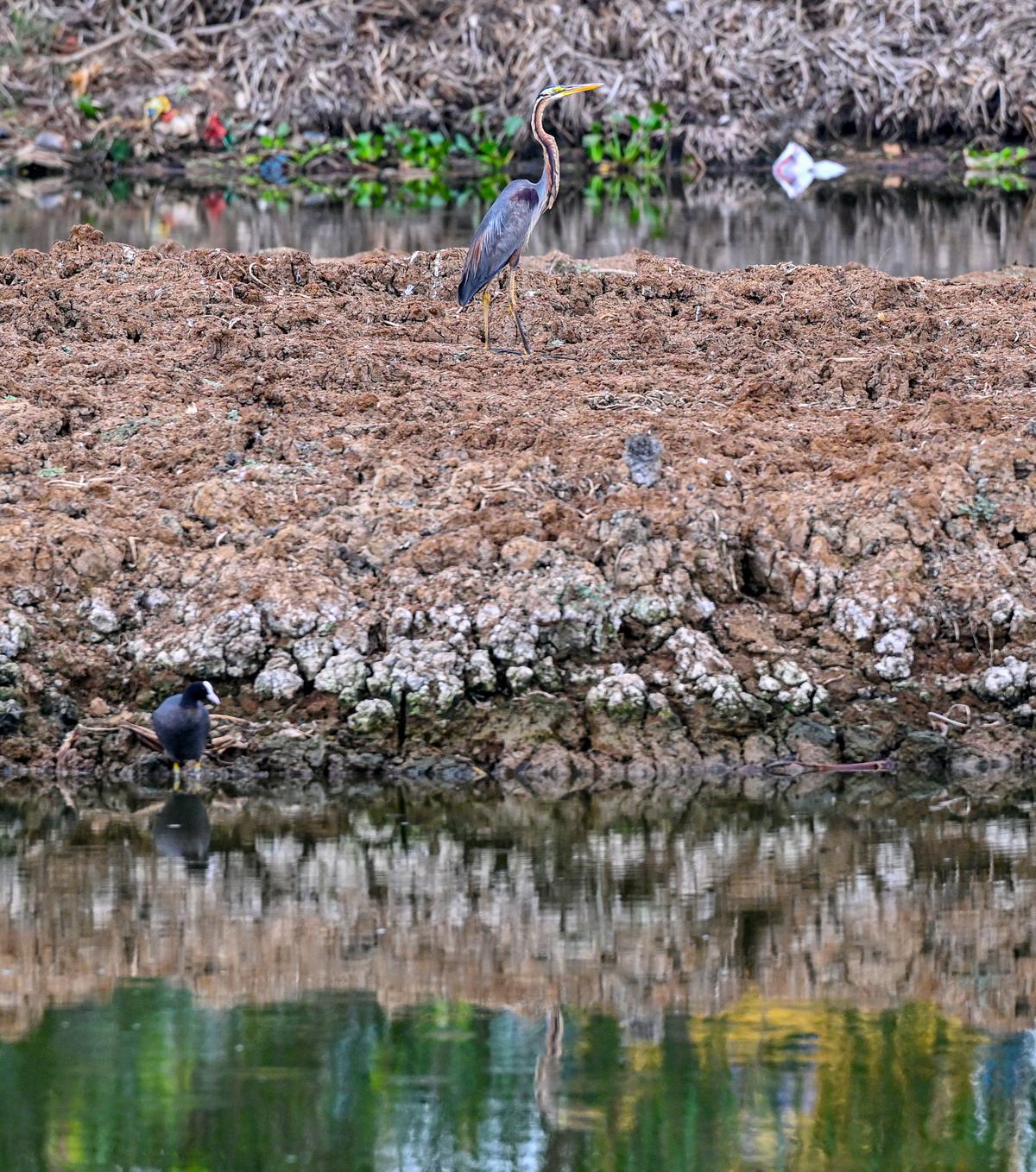
A grey heron rests on an island created for birds at the revived Devaravani Cheruvu.
| Photo Credit:
K.R. DEEPAK
VMRDA and DHAN have built small islands in the middle of the waterbodies and have planted them with native tree saplings to allow the birds to nest. “The trees are going to grow, and there will be no human interaction, so that birds can come and live in peace. Bird watchers can see and click pictures from the banks. The concept is to revive the waterbodies and let local people and nature take care of them,” says Mr. Viswanathan.
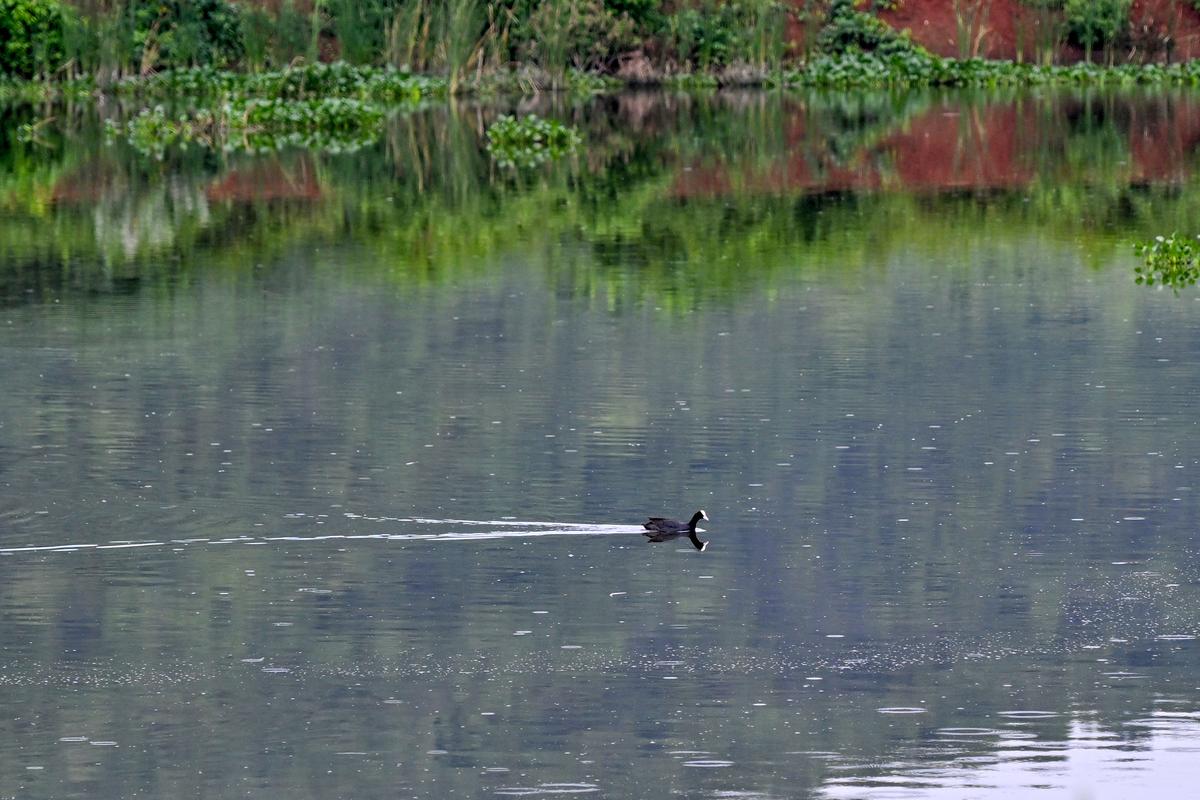
A Eurasian coot at the revived Devaravani Cheruvu in Kambala village.
| Photo Credit:
K.R. DEEPAK
There is, however, a major issue that needs to be addressed urgently. There are a few sewers flowing into a couple of waterbodies in the upper side of the cascade. Locals say the authorities need to look into this. Either divert the drains to the sea or build a treatment plant, which can treat and release the water into the cheruvus, they say.
The VMRDA has already approached the GVMC to look into this matter, and it will be addressed, says Visawanthan.




